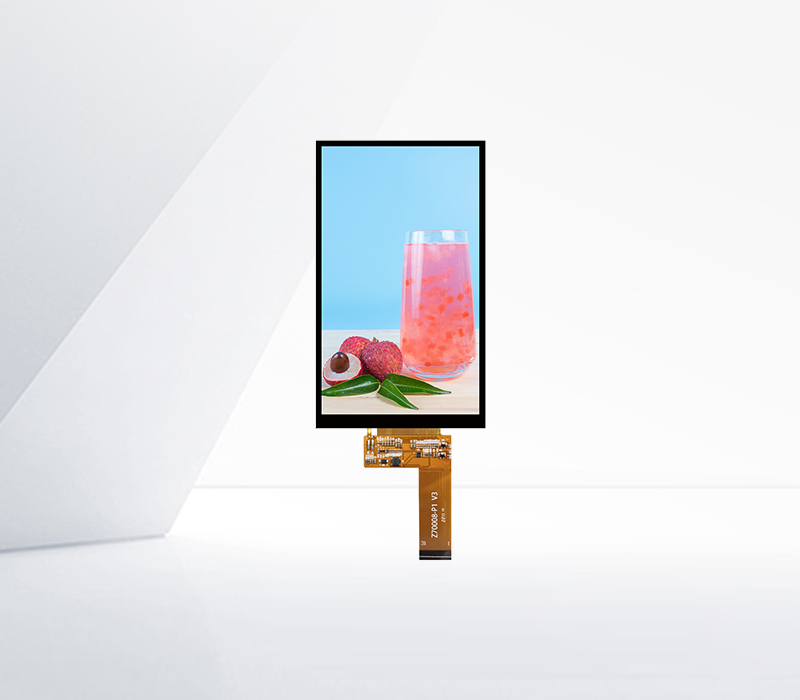



Weather Resistance Standards for Outdoor Touch Panels
Outdoor touch panels are exposed to a wide range of environmental conditions, making their weather resistance a crucial factor. To ensure reliable performance in various weather scenarios, a set of comprehensive standards has been established.
Temperature - Resistance Standards
Outdoor touch panels need to withstand extreme temperature variations. In regions with hot climates, they must endure hig
h teperatures, often reaching up to 60°C or even higher in direct sunlight. The panel materials, including the touch - sensitive layer, display screen, and housing, should not deform, discolor, or experience a significant decline in performance under such high - temperature conditions. Conversely, in cold - climate areas, panels must function properly at temperatures as low as - 40°C. Low - temperature resistance ensures that the touch panel's responsiveness remains intact, and there is no condensation or ice formation that could affect its operation. Standards often require panels to be tested under these extreme temperature conditions for extended periods, typically several hundred hours, to verify their long - term durability.
Humidity and Moisture Resistance
Humidity can pose a significant threat to outdoor touch panels. High humidity levels, especially in tropical regions or areas near bodies of water, can cause corrosion of internal components and reduce the effectiveness of the touch - sensing technology. The panels are required to meet strict humidity - resistance standards. For example, they may need to withstand continuous exposure to 95% relative humidity for a specified number of days without showing any signs of malfunction. Additionally, panels should be designed to prevent water ingress. IP (Ingress Protection) ratings are commonly used to indicate a panel's resistance to water and dust. Outdoor touch panels typically need to have an IP65 or higher rating, which means they are protected against dust ingress and can withstand water jets from any direction.
UV Resistance
Exposure to ultraviolet (UV) rays from the sun can degrade the materials of outdoor touch panels over time. UV - resistant coatings are often applied to the surface of the panel to protect against this. Standards mandate that the panel's appearance, color, and touch - sensing capabilities should not be significantly affected after extended UV exposure. Accelerated UV aging tests are conducted, where the panel is exposed to intense UV light equivalent to several years of outdoor exposure in a shorter laboratory - controlled period. The panel should maintain its clarity, touch - sensitivity, and structural integrity throughout these tests.
Mechanical Stress Resistance
Outdoor touch panels may be subject to mechanical stress from wind, hail, or accidental impacts. Standards require panels to be able to withstand a certain level of mechanical force without cracking or breaking. For example, they may need to pass impact tests using a specified mass dropped from a certain height onto the panel surface. Wind - resistance standards ensure that the panel can remain securely mounted and operational even in high - wind conditions, typically up to a certain wind speed, such as 100 mph or more, depending on the installation location and application.

